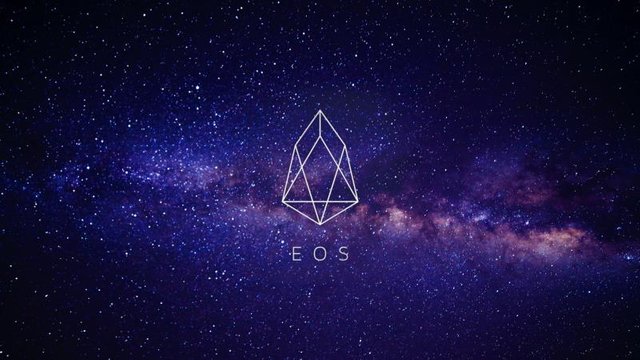Why You Should Use Your Vote

Veterans of DPoS (Delegated Proof of Stake) systems are very familiar with the concept of Witnesses and BP (Block Producers). However, many newcomers don’t have a clue about what they are.
What is their role and how does it affect me?
A Block Producer (BP) is similar to the “traditional” miner. However, the concept in DPoS systems is a bit different. Similar to the proof-of-work miners on Bitcoin, they also validate blockchain transactions and are entities that govern the blockchain on the behalf of the token holders. However, in contrast to proof-of-work systems, BPs are elected by its users and are rewarded through the inflation of the EOS token. Every user that stakes EOS can vote for up to 30 Block Producers. 1 Token will be counted as 1 vote for the candidate. The voting process never stops and neither does the ongoing election. An extra layer of accountability is added on the EOS Blockchain by adding a slow decay time to votes, ensuring that Block Producer stays active in order to be re-elected.
Why Voting for A Block Producer is Important
In traditional systems, elections are held every 4-5 years. The choice may be limited to a very small pool (typically left and right candidates). DPoS improves this system. On EOS, stakeholders like you can select from over 100 different producers and the result is instant! The votes are calculated every validation round on EOS, which is approximately every 2 minutes! EOS is not only an innovation in blockchain but also in governance. But for it to work, you need to use your vote and participate! Every token holder has the responsibility to explore, investigate and use their vote to support honest and active Block Producers.
“There is no perfect code or systems. It’s how efficiently & effectively we can make a beneficial change.” -Dan Larimier
But how can a user decide for which BP to vote?
Things to look for in a Block Producer
Technological capabilities
Does the Block Producer have a sound infrastructure? Do they have sufficient memory to process transactions fast? How do they handle security concerns?
Hardware
Are they using cloud-based solutions or utilizing bare metal systems? Cloud-based servers can be looked at as vulnerable and centralized when compared to physical colocated infrastructures in order to achieve true decentralization.
Location Diversity
Are the BPs servers located in a stable and secure environment? Governments may intrude and interfere with the BP activity. Are the servers protected from external influences such as unauthorized access and weather conditions? By geographically diversifying, these issues become less centralized and therefore less of an issue at all.
Community Engagement
Getting into EOS can be confusing and frustrating because EOS is new and unexplored. BPs need to engage, interact and help the community so that the ecosystem can thrive.
I'm an EOS token holder. How can I actually vote?
How to Vote
We recommend that you should use the secure, audited tool EOSTookit with the EOS wallet Scatter. If you are interested in what we contribute as a BP read this article: Why you should vote for EOS Oceania If you would like to vote for EOS Oceania as a BP on the EOS blockchain, use the user account: eosoceaniabp.
If anyone has questions about how to use EOSToolkit or Scatter, reach us out on your prefered social network and we will try to help you.